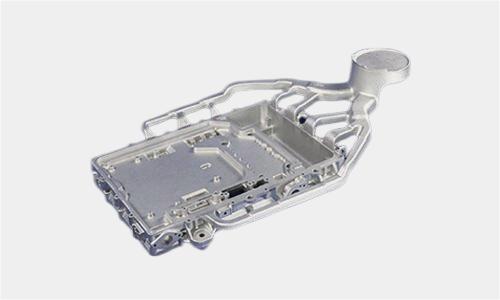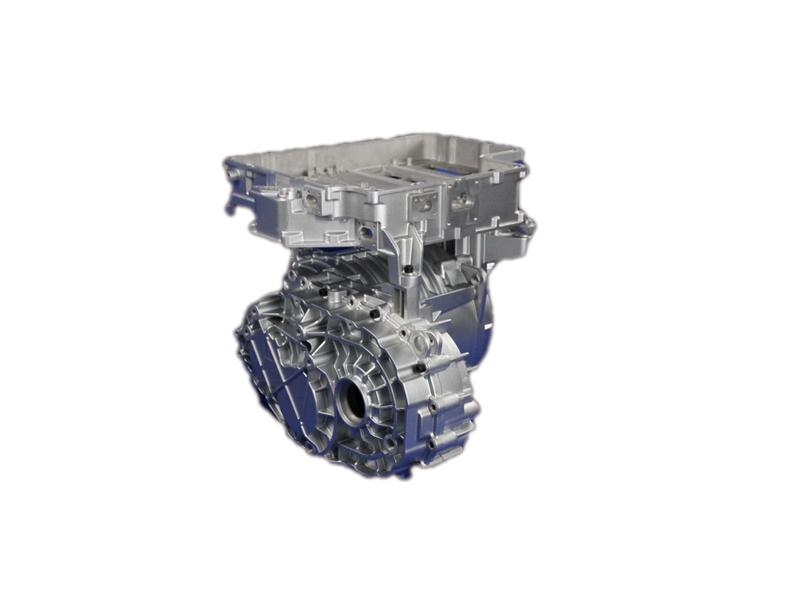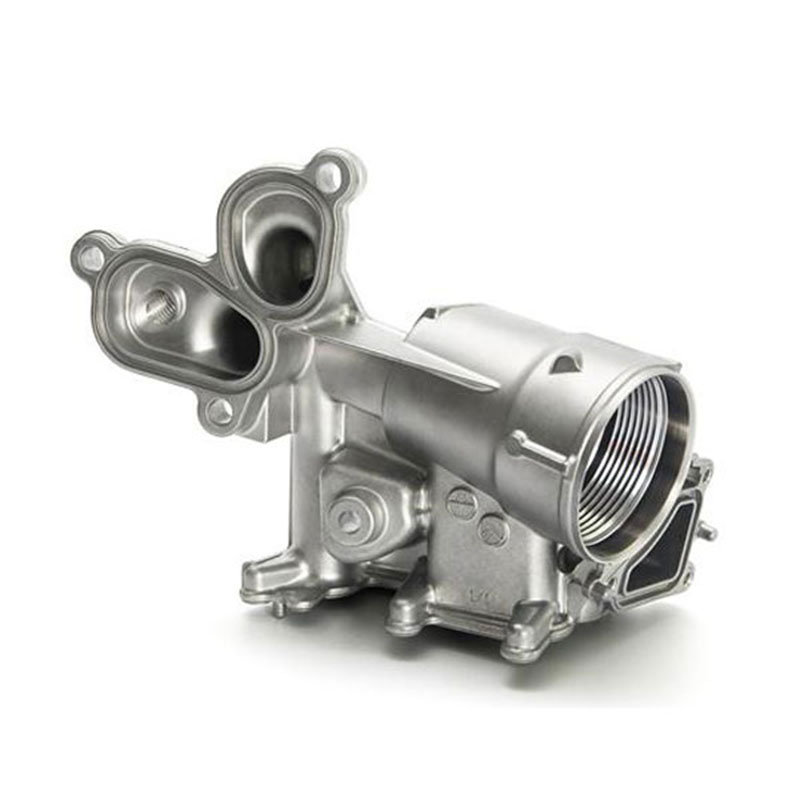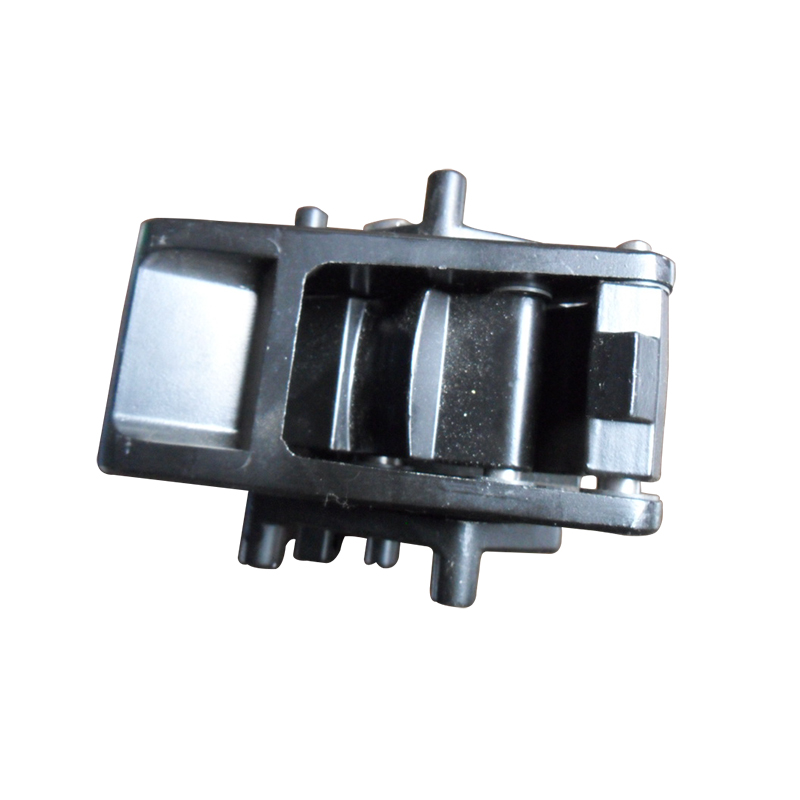A Comprehensive Guide to Die Casting in the Automotive Industry
Technological advancements are continuously shaping the automotive industry, and die casting plays a significant role in this evolution. Automotive manufacturers and project managers are constantly seeking faster, more reliable, and cost-efficient methods to produce automotive parts. As a result, die casting technologies in the automotive sector have been advancing significantly.
Die casting is crucial for the automotive industry for several reasons. It provides an effective alternative to traditional metal manufacturing, allowing for the production of automotive parts that are lighter in weight, improving mileage and fuel efficiency without compromising quality. This technique enables the creation of lightweight, durable parts with thinner walls, making a substantial contribution to the automobile industry.
In this article, we will explore the various roles of die casting in the automotive sector and discuss its numerous applications in auto parts manufacturing.
Why Is Die Casting in High Demand in the Automotive Industry?
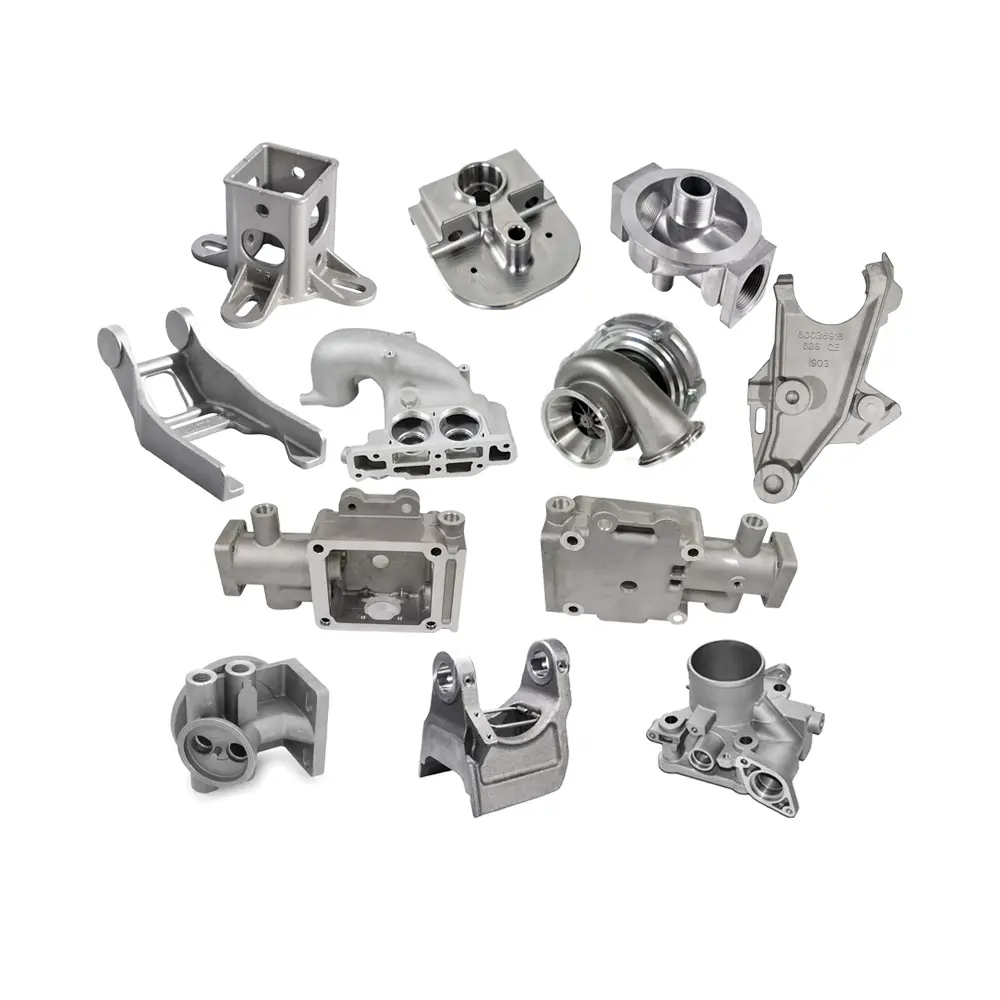
In recent years, automotive manufacturers have prioritized the production of lightweight vehicles without compromising on durability. This has led to a significant increase in the use of die casting for automotive parts. The demand for die cast parts used in automobiles continues to rise rapidly.
So, what are the reasons behind the skyrocketing demand for die casting in the automotive industry? Here are a few key factors:
-
Manufacture of Lightweight Components: The automotive industry faces increasingly stringent fuel economy standards, driving the need for more efficient vehicles. Automotive manufacturers utilize aluminum die casting to achieve this goal. Aluminum, known for its lightweight properties and excellent strength-to-weight ratio, is widely used for casting engine parts and wheels. This enables the production of lighter and safer vehicles while maintaining the quality of both external and internal components.
-
Increased Automation and Flexibility: The growing use of advanced technology has led to the increased popularity of automotive die casting. Automation of the production process enhances the efficiency and productivity of die casting, enabling the creation of a higher volume of automotive die cast components. Moreover, this technique facilitates the development of intricate automotive parts with unique designs. Die casting allows for the creation of parts with complex shapes and sizes, which can be easily installed within vehicles.
-
Enhanced Sustainability of Components: Die casting for automotive parts also contributes to the manufacture of eco-friendly and sustainable vehicle components. This process ensures the production of auto parts without causing harm to the environment. Additionally, the ability to recycle the materials used for these components adds to their value. For example, reclaimed aluminum can be recycled indefinitely, promoting environmental sustainability.
Common Materials Used in Die Casting for the Automotive Industry
Several metals can be suitable for die casting, particularly non-ferrous metals. However, the most commonly used materials for die casting in the automotive industry are zinc, aluminum, and magnesium. Each metal offers unique advantages and is suitable for specific applications. Let's take a closer look at these materials:
- Zinc Die Casting: Zinc die casting constitutes nearly 28% of automotive die casting components. Although it was traditionally used in the industrial sector due to its high impact strength and ductility, it has gained popularity in the automotive sector. The hot chamber die casting process for zinc ensures high accuracy and produces parts with smooth finishes, eliminating the need for additional processing. Zinc is ideal for creating automotive parts with specific aesthetic requirements, embossing, or strict tolerances.
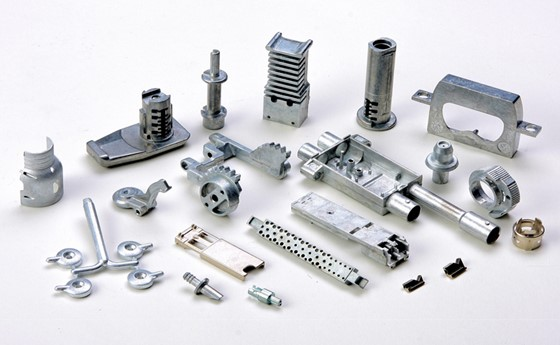
Advantages of Zinc Die Casting:
- Increased Flexibility: Zinc exhibits superior fluidity compared to other casting materials, making it suitable for creating intricate parts with complex shapes and thinner walls.
- High Resistance to Corrosion: Zinc reacts minimally when exposed to the atmosphere, resulting in durable parts that require minimal maintenance.
- Excellent Thermal and Electrical Conductivity: Zinc's effective heat and electricity conductivity make it an ideal choice for components in advanced vehicles.
- Sustainability and Eco-friendliness: Zinc is environmentally friendly and easily recyclable, preventing excessive waste and the release of harmful substances into the environment.
- Dimensional Stability: Zinc outperforms other die-cast metals in terms of dimensional stability, producing products with superior finish and aesthetic appeal.
- Aluminum Die Casting: Aluminum is another widely used metal in the production of automobile parts. Its lightweight nature and excellent dimensional stability make it a top choice for thin-walled machine parts. Low-density aluminum is extensively used in the automotive industry, as it offers high strength even at high temperatures. The aluminum die casting process can employ a steel mold to produce thousands of castings in a single session. Common parts manufactured using aluminum die casting include engine brackets, gearbox cases, valve bodies, and hydraulic cylinders.
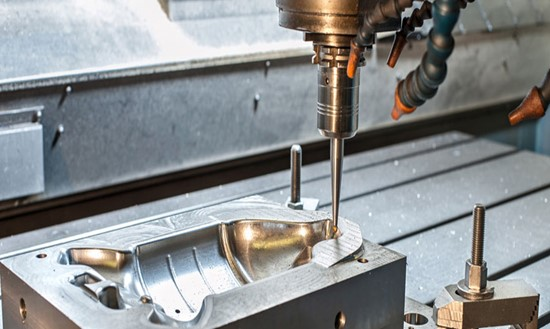
Advantages of Aluminum Die Casting:
- Manufacturing Lightweight Components: Aluminum die casting enables the production of extremely lightweight parts, meeting the increasing fuel economy standards and resulting in efficient and durable vehicles.
- Increased Flexibility: Aluminum's flexibility allows for the development of complex automotive parts with unique designs.
- Safety and Reliability: Aluminum die casting ensures the creation of heat and friction-resistant parts, enhancing safety for drivers and passengers.
- Environmentally Friendly: Similar to zinc, aluminum is highly recyclable. Some aluminum alloys can be recycled indefinitely, making it an environmentally friendly choice. Additionally, aluminum parts production causes less environmental pollution.
- Magnesium Die Casting: Magnesium is a lightweight and flexible metal used in die casting. It can be alloyed with other lighter metals, offering a wide range of possibilities for creating complex and thin-walled components. Magnesium die casting provides an excellent strength-to-weight ratio, along with exceptional heat and temperature resistance.
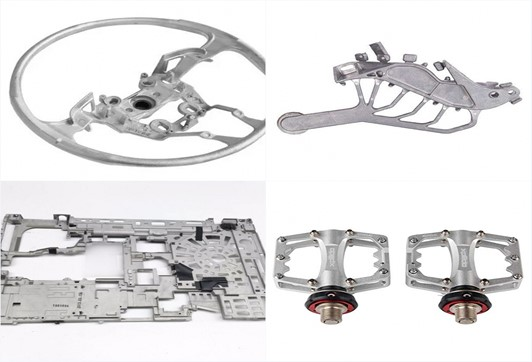
Advantages of Magnesium Die Casting:
- Manufacturing Lightweight Automobiles: Magnesium, combined with other lighter metals such as aluminum, helps create lightweight auto parts with excellent performance.
- Increased Corrosion Resistance: Newer magnesium alloys with higher purity offer better corrosion resistance compared to aluminum or steel alloys.
- Environmental Friendliness: Magnesium is a naturally occurring metal that can be harvested without significant environmental impact. It is also 100% recyclable without leaving traces in the environment.
Die Casting Processes for Automotive Parts Manufacturing
There are two primary die casting processes used in the production of automotive components: hot chamber die casting and cold chamber die casting.
- Hot Chamber Die Casting: The hot chamber die casting process, also known as hot die casting, involves using gooseneck machines with built-in furnaces to heat the metal until it becomes molten. A hydraulic-powered piston forces the molten metal from the furnace into the die cavity through a nozzle and gooseneck. The metal is held under pressure in the die cavity until it solidifies.
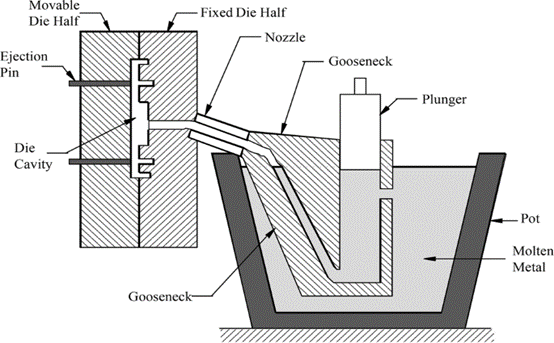
Hot chamber die casting is suitable for metals with lower melting points, such as zinc and magnesium. It offers a fast production rate, with over 18,000 shots per hour for small automotive die cast components. This process minimizes material waste since the metals are melted within the casting machine. It also provides a longer die life, resulting in cost savings. However, hot chamber die casting is most cost-effective for high-volume productions and has limitations on product complexity due to lower metal fluidity.
- Cold Chamber Die Casting: In cold chamber die casting, the process involves pouring molten metal into the shot sleeve of the injection cylinder. A hydraulic plunger then forces the molten metal into the mold cavity without heating the sleeve. The pressure used in this process ranges between 30 Mpa and 150 Mpa. The absence of heat in this process gives it the name "cold chamber die casting." This process is ideal for high-melting-point aluminum alloys.
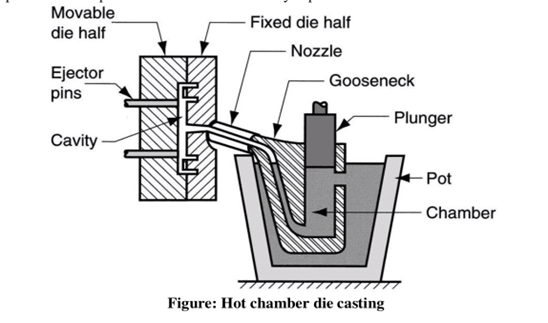
Cold chamber die casting offers exceptional dimensional accuracy and produces higher-strength automotive parts with denser metal castings due to the increased pressure. It is relatively easy to carry out and requires lower maintenance costs. However, the cycle time is slower compared to the hot chamber process due to the transfer process. Contamination levels can also affect the quality of the final auto parts.
Various Automotive Die Casting Parts
Automotive die casting enables the production of parts with complex shapes, high durability, and improved aesthetic appearances. There is a wide range of applications for die casting in automobiles, including:
- Engine parts (e.g., cylinder heads and gas engine components)
- Mounting brackets for electric motors and stepper motors
- Electronic covers for gearboxes, motors, and shade poles
- Shielding telematics and electronic equipment
- Sensor and airbag housings for active safety mechanisms
- Fuel intake parts
- Air-conditioning systems
- Retractor spools for seatbelts
- Intricate lock barrels
- Transmission and chassis components
- Connectors for autonomous vehicles
- Sensor and lidar housings
- Durable power steering and braking systems
Automotive Die Casting Market Trends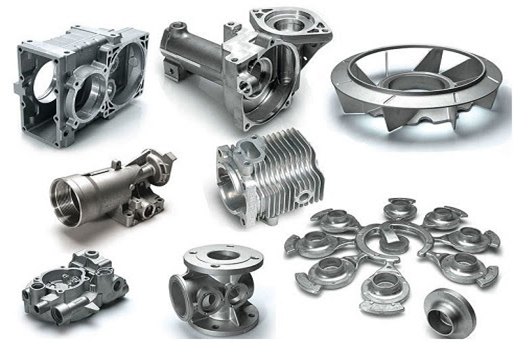
According to reports, the automotive die casting market is projected to exceed $20.31 billion by 2028. It earned $11.1 billion in 2021 and is expected to grow annually at a rate of 7.8% from 2022 to 2028. The rise in automotive die casting is driven by the increase in middle-income groups' income, leading to a rise in passenger car sales. The lightweight properties of die cast parts contribute to reduced automobile weight, minimizing fuel emissions and enhancing fuel efficiency. The production of eco-friendly parts will drive the growth of these market trends.
In conclusion, die casting has revolutionized the automotive industry by enabling the creation of high-quality, lightweight components. Manufacturers can now meet industry requirements without compromising the quality and efficiency of engines. This article has discussed essential die-casting metals for the automotive industry, their advantages, the die casting processes, and the wide variety of automotive parts that can be produced using die casting. For further inquiries, contact Fuerd today, and let's get you started.
NINGBO FUERD MECHANICAL CO., LTD
Website: https://www.fuerd.com
